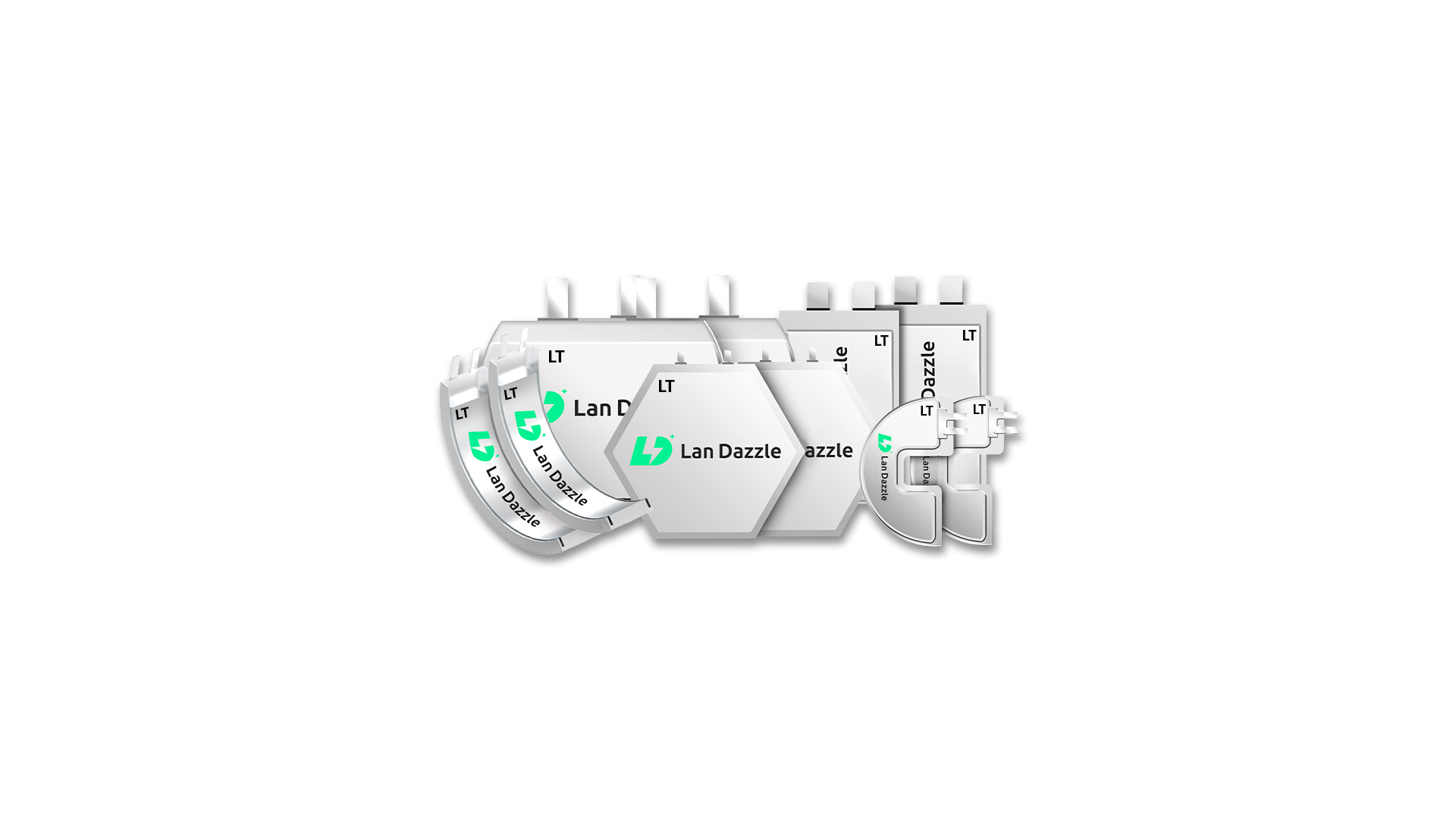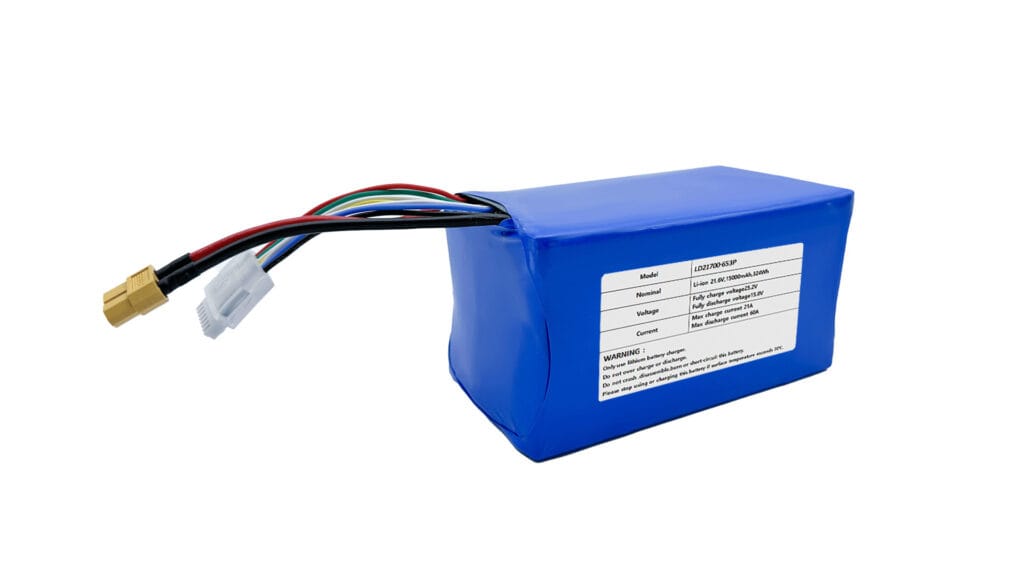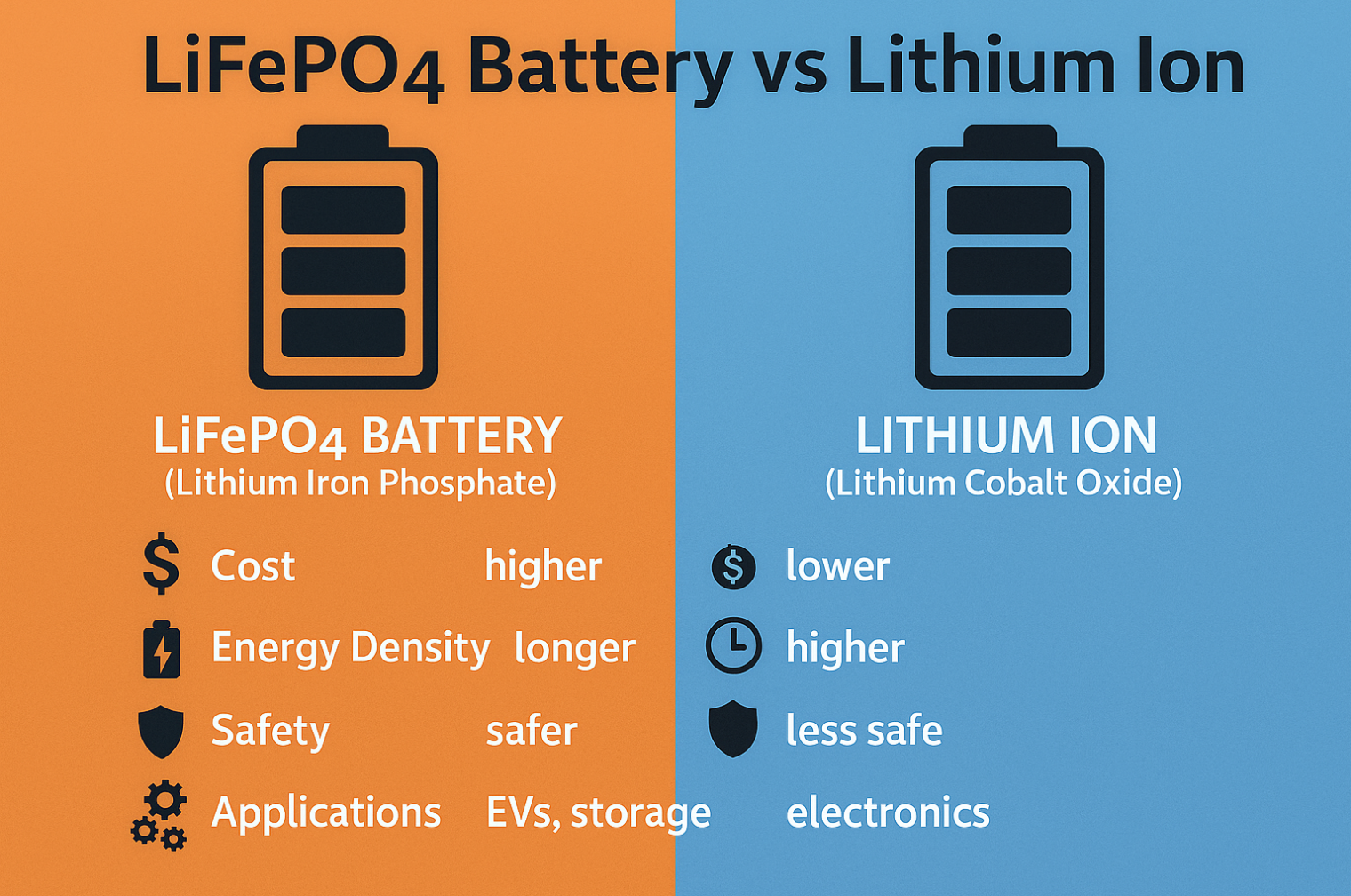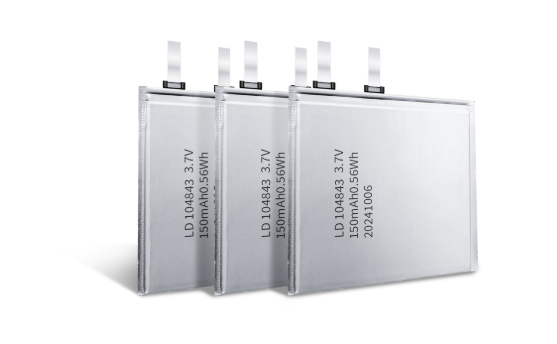In today’s health-conscious world, the pulse oximeter has become an indispensable tool, moving from the confines of hospitals into homes and even pockets. These small, yet powerful devices offer a quick and non-invasive way to measure oxygen saturation (SpO2) levels and pulse rate, providing vital insights into respiratory and circulatory health. Whether you’re managing a chronic condition, monitoring your fitness, or simply keeping an eye on your family’s well-being, the accuracy and reliability of your pulse oximeter are paramount. But what truly powers these critical health monitors? The unsung heroes are their batteries.
From the familiar alkaline cells found in everyday remotes to cutting-edge custom Lithium Polymer (LiPo) solutions, the world of pulse oximeter batteries is more diverse and important than you might imagine. This article will dive deep into the what batteries are used in pulse oximeters, exploring their unique characteristics, benefits, and applications. We’ll also cover essential tips for optimizing battery life, ensuring safety, and making environmentally responsible choices. Understanding the power source of your pulse oximeter is key to ensuring its consistent, accurate performance when you need it most.
Understanding Pulse Oximeters & Their Power Needs
Before we explore the power sources, let’s briefly touch upon what a pulse oximeter does. At its core, a pulse oximeter works by shining two wavelengths of light (red and infrared) through a translucent part of the body, typically a fingertip. It then measures the amount of light absorbed by the blood, differentiating between oxygenated and deoxygenated hemoglobin to calculate your SpO2 percentage. This process, while seemingly simple, requires a consistent and stable power supply to ensure precise light emission, accurate signal detection, and reliable data processing.
Die power demands of a pulse oximeter can vary significantly based on its design and intended use. A basic fingertip pulse oximeter used for occasional home checks has relatively low power consumption, often running on a few milliamperes. In contrast, a professional-grade handheld oximeter or a multi-parameter patient monitor in a clinical setting might require more robust power to operate additional features like display screens, alarms, data storage, and wireless connectivity.
For instance, a simple home oximeter might offer 20-30 hours of continuous operation on a fresh set of batteries, while a more advanced clinical device might demand integrated, high-capacity rechargeable pulse oximeter batteries to ensure uninterrupted monitoring throughout long shifts. The choice of battery directly impacts the device’s portability, cost, and overall functionality, making it a critical design consideration for manufacturers and an important factor for users to understand.
What Batteries Are Used in Pulse Oximeters?
For many general consumers, the most familiar sight when it comes to pulse oximeter batteries are the standard disposable types, primarily AA and AAA alkaline batteries. These ubiquitous cells are the workhorses for countless household electronics, and pulse oximeters are no exception, particularly the compact fingertip pulse oximeter models designed for personal, intermittent use.
AA and AAA Alkaline Batteries: The prevalence of AA and AAA batteries in pulse oximeters stems from several key advantages. First and foremost is their widespread availability und cost-effectiveness. You can find them in virtually any supermarket, pharmacy, or convenience store worldwide, making replacements easy to procure. Their Energiedichte is sufficient for the low power draw of many home oximeters, providing a respectable amount of runtime. A typical set of alkaline AA or AAA batteries can power a basic pulse oximeter for 20 to 30 hours of continuous operation, though this can fluctuate based on the specific device, battery brand, and frequency of use. They are also straightforward to install, requiring no charging infrastructure beyond the purchase itself.
However, the convenience of disposable pulse oximeter batteries comes with some trade-offs. Their primary disadvantage is their environmental impact. Being single-use, they contribute significantly to landfill waste if not disposed of properly. Furthermore, their performance can degrade in extreme temperatures, and they are susceptible to leakage over time, which can damage the device if not replaced promptly. The voltage of alkaline batteries also gradually drops as they discharge, which can, in some rare cases, slightly affect device performance or accuracy as the battery nears depletion.
Button Cell Batteries (CR2032, LR44): Beyond AA and AAA, some ultra-compact or specialized pulse oximeters, particularly wearable devices or those with extremely small form factors, may utilize button cell batteries like the CR2032 oder LR44. These tiny, coin-shaped cells are chosen when space is at an absolute premium. While they offer a minimal footprint, their lower capacity means a shorter lifespan compared to their larger counterparts, often requiring more frequent replacement. They are typically seen in devices where portability and discreetness are prioritized over extended battery life, such as smart rings or clip-on monitors that rely on occasional use or are integrated into larger systems.
Embracing Rechargeability: Lithium-Ion & NiMH
As technology advances and the demand for more sophisticated, longer-lasting, and environmentally friendly medical devices grows, rechargeable pulse oximeter batteries have become increasingly prominent. The two main players in this category are Lithium-ion and Nickel-Metal Hydride (NiMH) batteries.
Lithium-Ionen-Batterien (Li-Ion): Lithium-Ionen-Batterien are at the forefront of rechargeable power solutions for modern electronics, and their adoption in pulse oximeters, particularly professional-grade and higher-end consumer models, is rapidly increasing. Their key advantage lies in their hohe Energiedichte, meaning they can store a significant amount of power relative to their size and weight. This translates to longer operating times per charge and lighter devices. Moreover, Li-ion batteries boast a longer cycle life (typically 300-500 charge cycles before significant capacity degradation), faster charging times, and crucially, they exhibit no “memory effect.”
While highly efficient, Li-ion oximeter batteries do have some considerations. Their initial cost is generally higher than disposable alternatives. They also require dedicated charging systems and, if damaged or manufactured poorly, can pose safety risks (though modern designs incorporate robust Batterie-Management-Systeme (BMS) to mitigate these). Common Li-ion battery forms in medical devices include standard cylindrical cells (like the 18650, though often within a larger battery pack) or prismatic cells tailored for specific device geometries. Many hospital-grade handheld pulse oximeters and multi-parameter monitors come with integrated, non-removable Li-Ion-Akkupacks designed for continuous operation and reliable power delivery throughout a medical shift.
Nickel-Metal Hydride (NiMH) Batteries: Nickel-Metal Hydride (NiMH) batteries represent an improvement over older Nickel-Cadmium (NiCd) batteries, offering a more environmentally friendly alternative and higher energy density. While not as prevalent as Li-ion in newer, high-tech devices, NiMH pulse oximeter batteries are still found in some models, particularly those designed to accept standard AA or AAA rechargeable sizes.
NiMH-Akkus offer the advantage of being rechargeable, reducing waste compared to alkaline cells. They are also generally safer than early generations of Li-ion batteries. However, they typically have a lower energy density than Li-ion, meaning they are heavier and provide less power for their size. They also suffer from a higher Selbstentladungsrate (losing charge more quickly when not in use) and can experience a mild form of the memory effect if not fully discharged periodically. Despite these drawbacks, for users prioritizing reusability and readily available standard rechargeable battery sizes, NiMH remains a viable option for compatible pulse oximeters.
The Custom Edge: LiPo Batteries in Advanced Oximeters
Beyond the more common cylindrical and prismatic Li-ion cells, the frontier of medical device power solutions increasingly features custom Lithium Polymer (LiPo) batteries. These are not just any LiPo batteries; they are meticulously designed medical-grade LiPo battery solutions tailored to the exact specifications and demanding requirements of advanced healthcare devices.
What are Custom LiPo Batteries? Lithium-Polymer (LiPo) batteries are a type of Li-ion battery distinguished by their use of a polymer electrolyte instead of a liquid one. This allows for a flexible pouch-like cell design, which is a game-changer for device manufacturers. The term “custom LiPo battery medical device” specifically refers to battery packs that are engineered from the ground up to fit unique device geometries, ensuring every millimeter of internal space is utilized efficiently. They are not off-the-shelf components but bespoke power solutions.
Why Custom LiPo for Medical Devices? Die Annahme von kundenspezifische LiPo-Akkus in advanced pulse oximeters and other medical devices is driven by several critical advantages:
- Space Optimization & Design Flexibility: This is perhaps the most significant benefit. Unlike rigid cylindrical cells, LiPo cells can be manufactured in virtually any shape or thickness. This allows designers to create highly sleek, ergonomic, and compact devices like wearable oximeters (e.g., wrist-worn monitors, smart rings with SpO2 tracking) without being constrained by standard battery sizes. The battery becomes an integral part of the device’s form, rather than a limiting factor.
- High Energy Density & Lightweight: LiPo batteries boast an excellent power-to-weight ratio, providing substantial energy in a very light package. This is crucial for portable and wearable medical devices where minimizing bulk and weight enhances user comfort and adherence.
- Performance & Stability: Medical-grade LiPo batteries are designed to deliver stable voltage output and handle varying discharge rates, ensuring consistent and reliable performance for sensitive measurement equipment. They are less prone to sudden voltage drops, which can impact accuracy.
- Erhöhte Sicherheit und Verlässlichkeit: For medical applications, safety is paramount. Custom LiPo battery solutions are typically integrated with advanced Batterie-Management-Systeme (BMS) that monitor voltage, current, temperature, and cell balancing. This robust protection prevents overcharging, over-discharging, short circuits, and overheating, significantly enhancing patient and user safety.
- Longevity & Device Integration: When manufactured to medical device standards, custom LiPo packs are built for the expected lifespan of the device itself, reducing the need for replacements and contributing to overall product reliability. They are often permanently integrated, emphasizing the device as a cohesive unit.
Applications in Pulse Oximetry: Der Aufstieg der kundenspezifische LiPo-Akkus has enabled the development of a new generation of pulse oximeters. Consider the difference between a traditional fingertip oximeter and a continuous wearable oximeter designed for overnight monitoring. The latter, to be comfortable and discreet, often leverages a custom-shaped LiPo battery to fit seamlessly into its design, allowing for continuous data collection without bulky external power sources. This technology is vital for advanced multi-parameter monitors, smartwatches with integrated SpO2 sensors, and even ring-style oximeters, driving innovation in personalized health monitoring.
Unter Lan Dazzle, we specialize in designing custom lithium polymer (LiPo) batteries tailored for medical applications, including compact and wearable pulse oximeters. Our batteries offer stable performance, medical-grade safety, and maximum space efficiency. If you’re developing the next generation of oximetry devices, contact us at info@landazzle.com to power your innovation from the inside out.
Optimizing Battery Life & Performance
Regardless of the battery type your pulse oximeter uses, proper care and usage can significantly extend its life, ensure consistent performance, and prevent unexpected power failures during critical measurements.
- Proper Storage is Key: Batteries, especially rechargeable ones, are sensitive to extreme temperatures. Always store your pulse oximeter and its batteries in a cool, dry place away from direct sunlight or extreme heat and cold. High temperatures can accelerate chemical reactions, leading to capacity loss, while very low temperatures can temporarily reduce performance. For disposable batteries, consider removing them if you plan to store your oximeter for an extended period (e.g., several months) to prevent potential leakage and corrosion.
- Smart Charging Practices (for Rechargeable Batteries): For devices with rechargeable pulse oximeter batteries (Li-ion, LiPo, NiMH), follow the manufacturer’s charging recommendations. Avoid habitually deep discharging (letting the battery completely die) or habitually overcharging (leaving it plugged in long after it’s full) as this can reduce the battery’s overall lifespan. Modern Li-Ion Batterien are designed to be “opportunity charged,” meaning you can top them up whenever convenient without harming their long-term health.
- Mindful Usage Habits:
- Turn it Off: It might seem obvious, but always remember to turn off your pulse oximeter when not in use. Even in standby mode, devices can draw a small amount of power.
- Remove Disposables for Long Storage: If your oximeter uses disposable batteries and you won’t be using it for weeks or months, remove the batteries. This prevents potential battery leakage that can corrode the contacts and permanently damage the device.
- Pay Attention to Low Battery Indicators: Most pulse oximeters have a low battery indicator. Don’t wait until the device completely dies to replace or recharge the batteries. Operating on very low power can sometimes affect accuracy or cause the device to shut off unexpectedly during a measurement.
- Keep Contacts Clean: Periodically check the battery contacts in your pulse oximeter. If they appear dirty or corroded, gently clean them with a cotton swab dipped in rubbing alcohol. Clean contacts ensure optimal electrical conductivity, preventing power inconsistencies.
- Quality Matters: Always use reputable brands for disposable batteries and, if replacing integrated rechargeable packs, stick to manufacturer-recommended parts or certified equivalents. Cheap, unbranded batteries can have inconsistent performance, shorter lifespans, and may even pose safety risks. The mAh (milliampere-hour) rating on a battery indicates its capacity; a higher mAh generally means a longer run time.
Environmental & Safety Considerations
As our reliance on battery-powered devices grows, so does the importance of understanding the environmental and safety implications of battery use and disposal. Pulse oximeter batteries are no exception.
- Responsible Battery Disposal: This is paramount. Batteries contain various chemicals and heavy metals that can harm the environment if improperly discarded. Recycling pulse oximeter batteries is the most responsible choice. Many municipalities and electronics stores offer battery drop-off points. Websites like Call2Recycle.org provide valuable resources for finding nearby recycling locations for all battery types, especially Lithium-ion und NiMH, which are highly recyclable. Never throw batteries in regular household trash.
- Environmental Impact: While individual pulse oximeter batteries may seem small, the cumulative effect of millions of discarded disposable batteries is significant. Choosing rechargeable pulse oximeter batteries like Li-ion or NiMH, where appropriate, can significantly reduce your personal environmental footprint by minimizing battery waste.
- Sicherheit der Batterie:
- Physischer Schaden: Be cautious with all battery types. Lithium-ion and LiPo batteries are particularly sensitive to physical damage (e.g., punctures, crushing, swelling), which can lead to overheating, fire, or explosion. If you notice a rechargeable battery swelling, immediately discontinue use and dispose of it safely.
- Mixing Batteries: Never mix old and new batteries, or different brands/types of batteries, within the same device. This can lead to uneven discharge, overheating, or even leakage.
- Correct Type and Size: Always use the exact battery size and type specified by your pulse oximeter’s manufacturer. Using incorrect batteries can damage the device or pose a safety risk.
- Signs of a Faulty Battery: Watch for signs like unusual heat, swelling, discoloration, or a strange odor coming from the battery. If observed, immediately remove the battery (if safe to do so) and dispose of it properly.
- Einhaltung gesetzlicher Vorschriften: Medical devices, including their power sources, are subject to stringent regulations. Manufacturers adhere to standards like FDA approval (in the US), CE marking (in Europe), and various ISO standards (e.g., ISO 13485 for medical device quality management) to ensure batteries meet strict safety and performance criteria for patient care.
Fazit
The humble battery plays an incredibly vital, though often overlooked, role in the accurate and reliable functioning of your pulse oximeter. Whether it’s the readily available AA or AAA alkaline batteries powering a simple home unit, the powerful and reusable Lithium-ion cells found in clinical devices, or the innovative kundenspezifische LiPo-Akkus enabling sleek, cutting-edge wearables, each battery type serves a crucial purpose in the landscape of health monitoring.
Understanding the different battery types used in pulse oximeters, along with best practices for their care, optimization, and responsible disposal, empowers you to make informed choices. By ensuring your pulse oximeter is always powered by the right kind of quality battery and by maintaining it properly, you contribute directly to the device’s longevity and, more importantly, to the consistent and accurate health insights it provides. Choose wisely, maintain diligently, and keep your vital health monitor ready for action.





